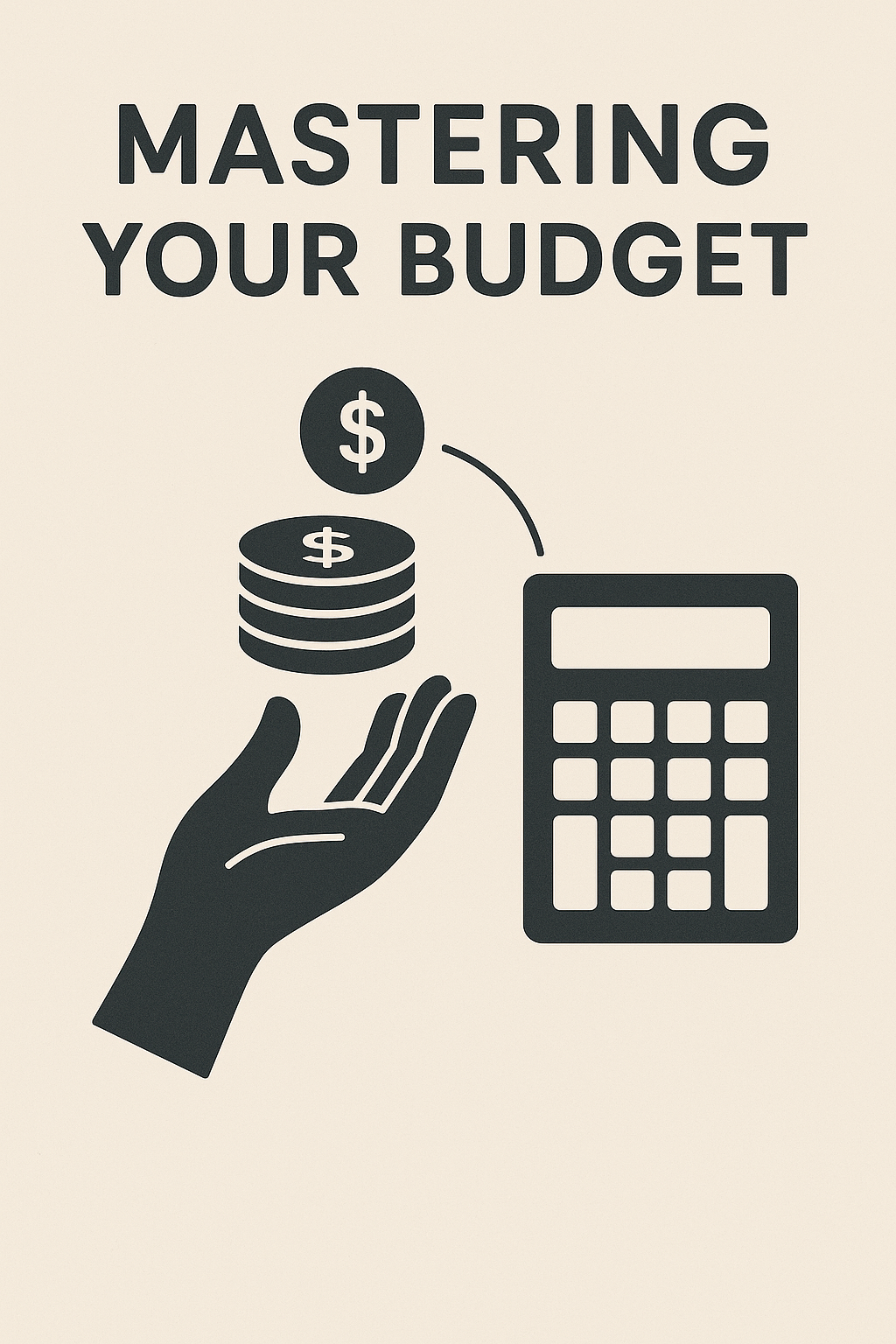1. Mastering Your Budget

Budgeting is the cornerstone of financial health. Start by tracking your income and expenses. Use categories like housing, food, transportation, and entertainment to see where your money is going. Consider using budgeting apps like YNAB or Mint. Stick to the 50/30/20 rule — 50% needs, 30% wants, 20% savings and debt payments. A well-structured budget empowers you to take control of your finances and reach your goals.
Read more2. Investing for the Future

Investing allows your money to grow over time. Understand the power of compound interest and diversification. Consider low-cost index funds or ETFs to spread your risk. Assess your risk tolerance and time horizon to determine your ideal asset allocation. Don’t forget to regularly review and rebalance your portfolio to ensure it aligns with your financial goals.
Read more3. Understanding Cash Flow

Positive cash flow is essential to business and personal finances. Monitor when and how money enters and exits your accounts. Create a forecast that includes expected income and upcoming expenses. This helps you avoid shortages and plan for upcoming investments or emergencies. Cash flow statements are crucial for financial analysis and strategic decision-making.
Read more4. Long-Term Financial Planning

Build a roadmap for your future by setting long-term financial goals. Include retirement savings, children’s education, or buying a home. Use tools like retirement calculators and work with financial advisors. Diversify your income sources, minimize unnecessary debt, and prepare for market fluctuations. Planning ahead can provide security and peace of mind.
Read more